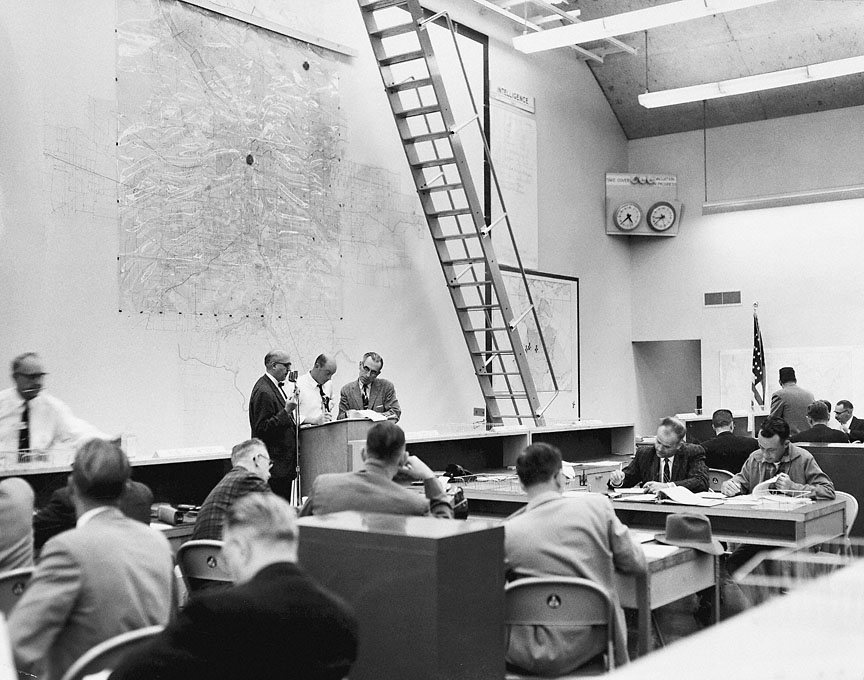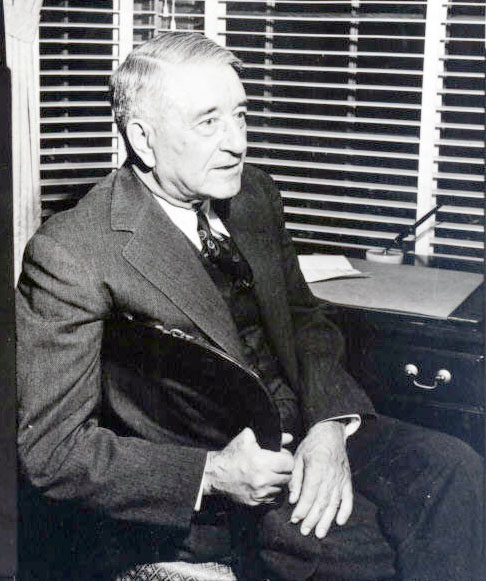Kelly Butte Natural Area is publicly owned land located six miles southeast of downtown Portland, near the intersection of Powell Boulevard and Interstate 205. Covering an area of 22.63 acres, the area forms part of the extinct Boring Lava Field, a volcanic field of around 32 cones all within a 21km radius of Kelly Butte.
Kelly Butte, named after a pioneer family, was first registered as a park in 1893, after the Portland City Council approved a petition and bond to support its creation. While parts of the area have always served as a recreational space, Kelly Butte has also housed a quarry, a jail, an isolation hospital, a police firing range, a civil defense center, an emergency services dispatch center, and a water storage tank.
The long-established Kelly Butte quarry provoked the construction of Kelly Butte Jail, which was announced in July 1906 after County Clerk Webster decided it was a waste of time and money to transport prisoners from Multnomah County Jail. Initially, forty-eight prisoners, supervised by as many as eight guards, provided cheap labor to produce crushed rock for Portland’s new roads. These activities continued until the early 1950s.
Following a 1952 vote by the citizens of Portland, the Kelly Butte Civil Defense Center was built in 1955-1956 at a cost of $670,000 to house local government in the case of a nuclear attack on the city. The 18,820-square-foot facility was designed to hold 250 people who would form an emergency local government for two weeks after the attack. Upon completion, it was a showcase facility that local governments across the nation used as a model. In 1957, the center was featured in a CBS dramatized documentary on nuclear war, A Day Called X.
In 1963, a City Council vote to abolish Portland’s Civil Defense program rendered the Kelly Butte facility obsolete. By 1968, the center had just one permanent employee who performed basic maintenance. After a retrofitting, the Bureau of Emergency Communications used the civil defense center as an emergency services dispatch center from 1974 to 1994. With the high cost of essential upgrades in the early 1990s, as well as need for additional space, Portland City Council decided to abandon the facility and finance a new building. The Kelly Butte center was vacated in 1994 and permanently sealed off by 2006.
The City of Portland had opened a sixty-bed, municipal Isolation Hospital at Kelly Butte in September 1920 to house patients with contagious diseases; it closed in 1960. In 1968, a ten-million-gallon water tank was built on the old hospital's acreage. In March 2010, the City Council, despite strong opposition by local groups such as Friends of the Reservoirs, approved the construction of a replacement $100 million, twenty-five-million-gallon capacity underground reservoir. A federal law (Long Term 2 Enhanced Surface Water Treatment Rule) requiring the closure of the open-air reservoirs at Mount Tabor prompted this decision. In August 2011, the Portland Water Board reported that it was still waiting for an EPA review of the Kelly Butte project.
Today, Portland Parks and Recreation and the Portland Water Board jointly manage Kelly Butte.
-
![Underground civil defense headquarters, Kelly Butte, 1960]()
Underground headquarters, Kelly Butte, 1960.
Underground civil defense headquarters, Kelly Butte, 1960 Courtesy Oreg. Hist. Soc. Research Lib., OrHi103178
Related Entries
Related Historical Records
Map This on the Oregon History WayFinder
The Oregon History Wayfinder is an interactive map that identifies significant places, people, and events in Oregon history.
Further Reading
Carlin, Peter Ames. "With Nuclear Annhilation Imminent, Portland Keeps its Cool." Oregonian, May 9, 2009. http://www.oregonlive.com/O/index.ssf/2009/05/with_nuclear_annihilation_immi.html.
Har, Janie. "Portland's City Council Ends Today's Session with Water Reservoir Issue." Oregonian, March 17, 2010. http://blog.oregonlive.com/portlandcityhall/2010/03/portland_city_council_ends_tod.html.
United States Civil Defense Administration, The Day Called X (1958) Film
https://www.youtube.com/watch?


